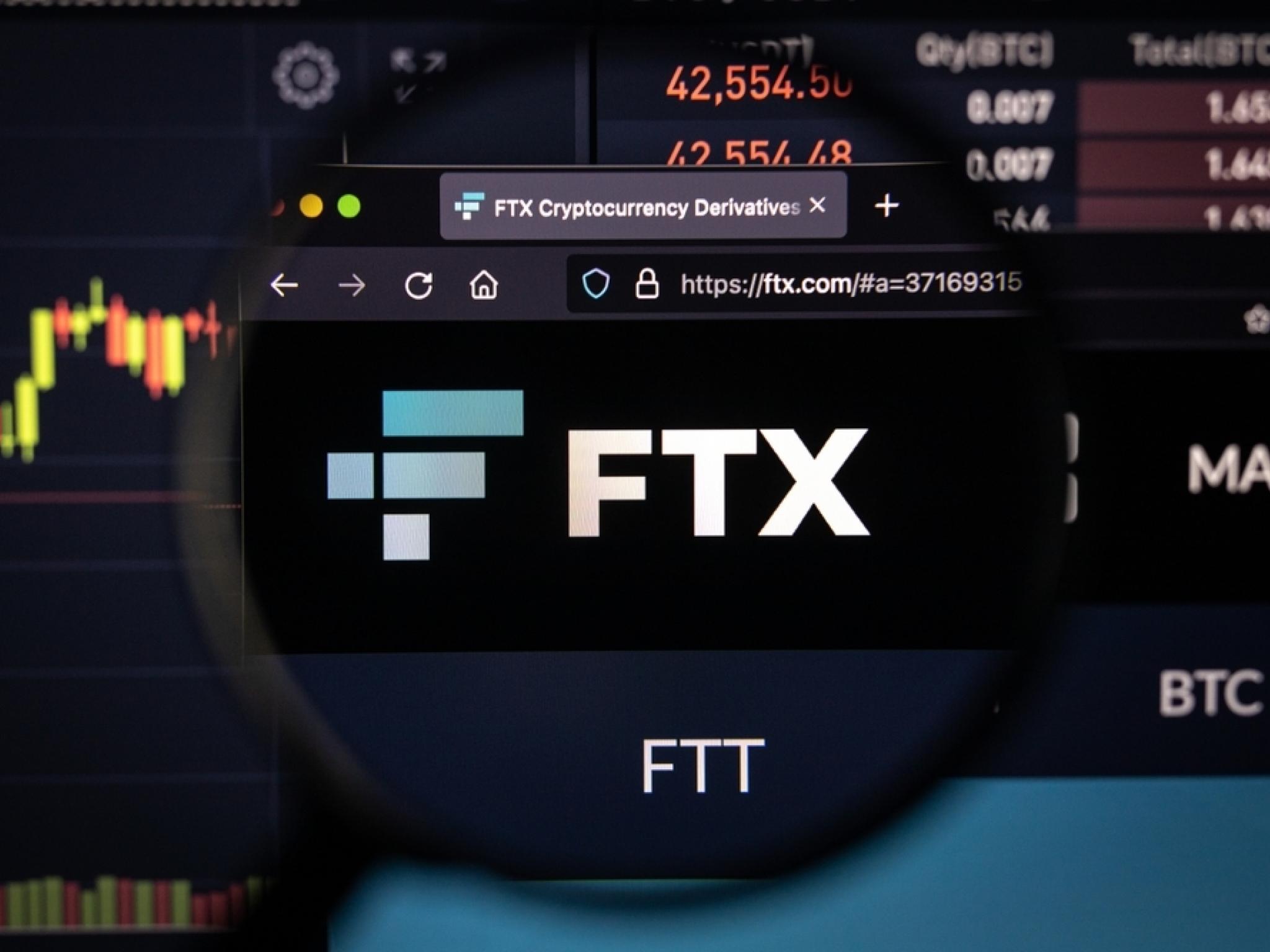
At least nine cryptocurrency exchanges have come forward to provide proof of fund reserves as the market comes to terms with insolvency fears on the heels of FTX’s native token (CRYPTO: FTT) falling off a cliff.
The FTT plummeted 86% over the last seven days and 77% over the course of 24 hours at the time of writing. Binance (CRYPTO: BNB) CEO Changpeng Zhao, who recently unveiled plans to liquidate his company's entire FTX native token holdings, is now urging exchanges to “do Merkle-tree proof-of-reserves.”
Eight other exchanges — Gate.io, KuCoin, Poloniex, Bitget, Huobi, OKX, Deribit and Bybit — have now announced plans to publish Merkle tree reserve certificates in order to promote transparency over the previous 24 hours.
What Is A Merkle-Tree?
A data structure called a Merkle tree is employed in computer science applications.
Merkle trees are used to encrypt blockchain data more securely and effectively in Bitcoin (CRYPTO: BTC) and other cryptocurrencies.
Additionally, they are known as "binary hash trees."
The ledger of a centralized database keeps track of each user's assets in a centralized crypto exchange.
The total value of the user's assets is reflected in the database's recorded assets.
The "leaf nodes" of the Merkle tree are where exchanges store the hash value of the assets associated with each user account.
The second stage entails auditing the assets in the leaf node of the Merkle tree and having a third party independently confirm each user's holdings.
Also read: The FTX (FTT) Debacle - Want To Cash In? Here's What Experts Said After Binance Selloff
Merkle trees can be very helpful in distributed systems where the same data needs to be present in various locations. They can also be used to check for contradictions.
Why The Liquidity Concerns Now?
FTX came under fire after a Coindesk article revealed that the native FTT tokens of FTX were abundant on the balance sheet of Alameda Research, a cryptocurrency trading business managed by Sam Bankman-Fried, who also owns FTX.
This meant that rather than relying on a stand-alone asset like fiat money or another cryptocurrency, Alameda was built mostly on a coin that a sister firm created.
Industry participants sold FTX-linked coins as a result of the report's rumor that FTX would become insolvent in order to limit their own potential losses.
Its competitor Binance, which had more than $500 million worth of FTT on its books, began to sell off its holdings, which led to a 24-hour drama that finished with Binance signing an agreement to buy FTX, which is now seen as being insolvent.
Next: This US Senator Wants New Regulations To Protect Consumers Following FTX-Binance Debacle
Image: Shutterstock







